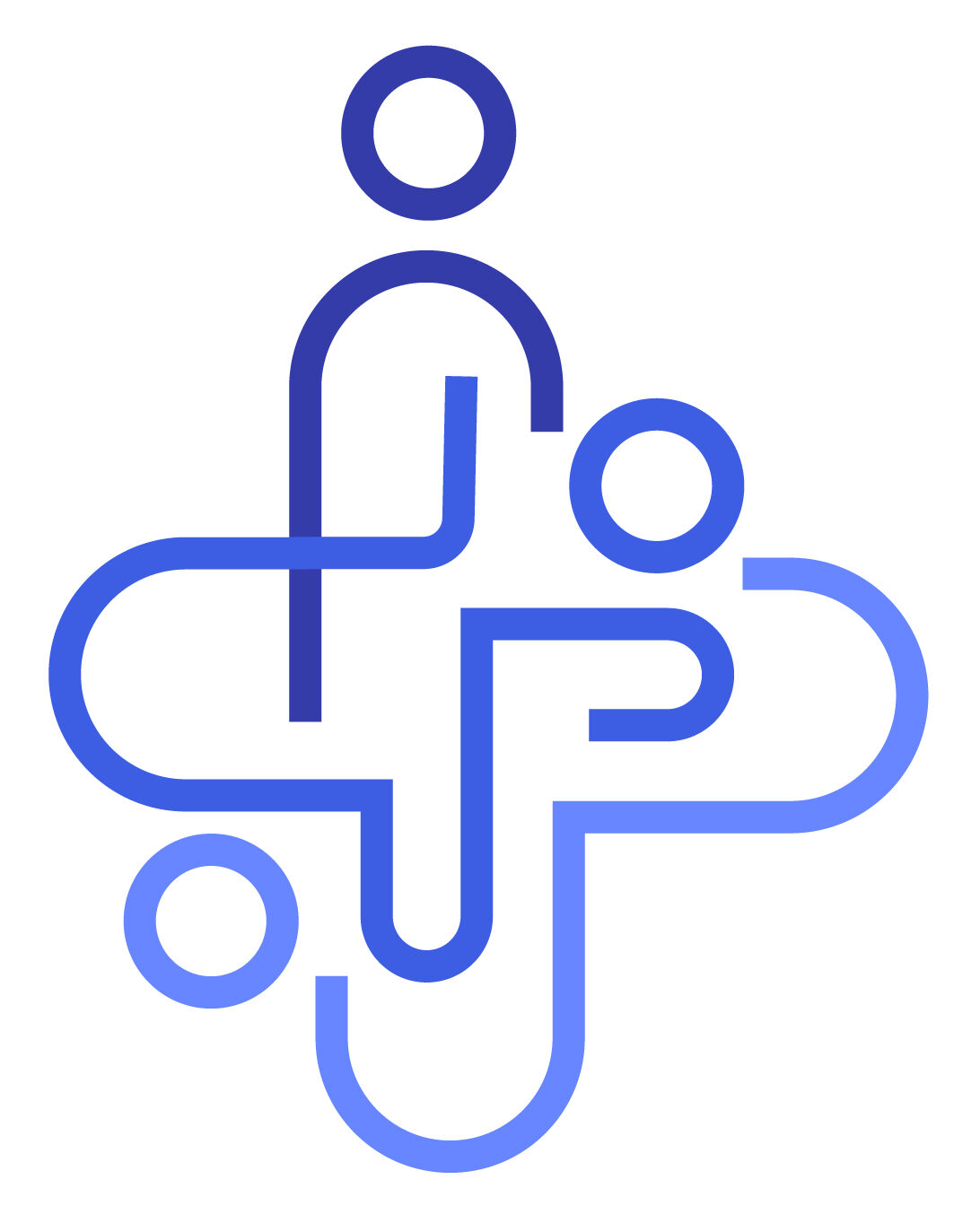Axis 1 : Process , Systemic and Innovation
Lead : Nadia KABACHI and Hans-Martin SPATH

Innovation is a major element in health. According to the Haute Autorité de Santé (National Health Authority) (2018), health innovation is not only defined by novelty. It also involves a contributing towards addressing health needs and the response it provides to these needs compared to alternatives when they exist. It also encompasses the evaluation of this response, which is multidimensional. In the P2S team, we specifically study two types of innovations that have developed significantly in recent years: (1) organisational innovations and (2) innovations using Artificial Intelligence (AI).
Health innovation, particularly organisational innovations, has seen significant growth. It can be exemplified by the introduction of digital technologies aimed at facilitating the work of healthcare professionals and improving the experience of users in the healthcare system. These organisational innovations hold great promise for health progresss, as they transform the practices of the professionals from the health and social care sectors, and promote coordination among these professionals.
A multidisciplinary reflection on the methods to evaluate organizational innovations is necessary. Indeed, their evaluation requires several types of assessment: (1) a clinical evaluation, (2) an economic evaluation, (3) a feasibility evaluation, and (4) an evaluation of the satisfaction of healthcare professionals and/or the users involved. These evaluations can provide decision-making support when decisions regarding the dissemination of organizational innovations need to be made, both at the national and local levels, for instance within a healthcare facility.
Artificial intelligence is a key element of innovation in health. AI is revolutionising the medicine of tomorrow, placing the patient at the centre of actions. Its applications, which pertain to all human activities, help to improve quality of care. AI is indeed at the heart of future medicine, with assisted surgeries, remote patient monitoring, smart prosthetics, personalized treatments through the integration of an increasing amount of data (big data), and more. The ambition of artificial intelligence is to enable machines to acquire information, to reason about static or dynamic situations, to solve combinatorial problems, to make diagnoses, to propose decisions and action plans, to explain and communicate their conclusions, to understand text or dialogue in natural language, to summarize, to learn, and to discover. AI undoubtedly brings benefits to both patients and healthcare systems.
The contribution of AI to pathways is explored, particularly in the intelligent processing of complex medical data, diagnostic assistance, recommendations, therapeutic support, and assistance for dependent individuals, as well as issues of acceptability, responsibility, and ethics. Voice recognition is a key element in aiding clinicians (e.g. by capturing conversations in natural language and translating them into structured documentation) and patients (virtual assistants). High-quality medical imaging has the potential to reinvent the world. It should allow for earlier detection, more accurate assessment of complex images, and less costly tests for patients across many clinical areas. The release of health data (i.e. more Open Data) will promote broader access to information by implementing more intelligent tools and environments for information exchange, while paying special attention to maintaining confidentiality and data security, especially during data transfer across disparate systems. Yet, the benefits are potentially greater than the risks. Finally, like all fields, healthcare systems are being transformed by Big Data. Through the collection and analysis of these large data sets (Big Data Analytics), prevention, treatment, and diagnosis techniques, as well as patient monitoring are evolving rapidly (e.g., machine learning algorithms which predict breast cancer risk in women, assistance in the accurate detection of aneurysms, detection of a new class of mutations linked to autism spectrum disorders, etc.).
